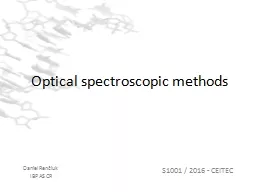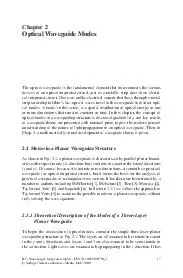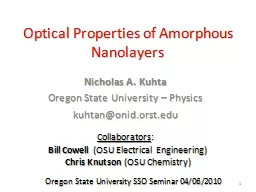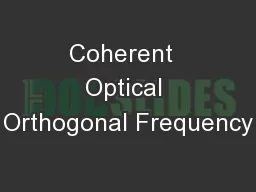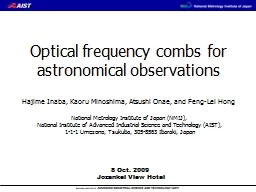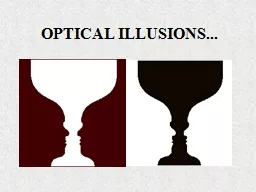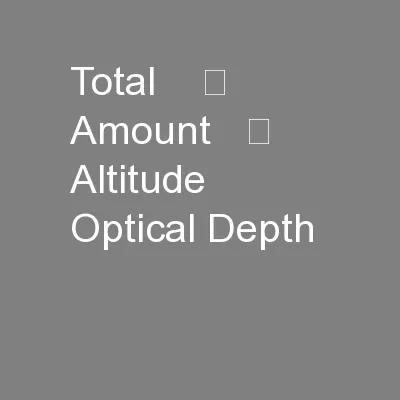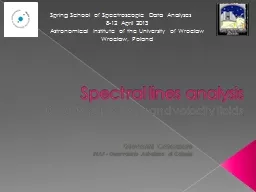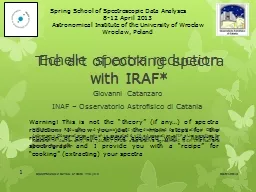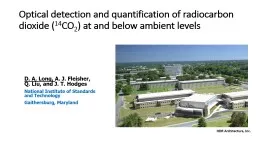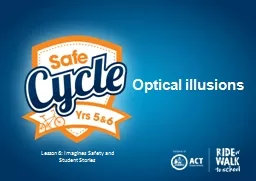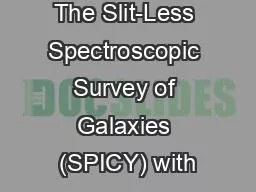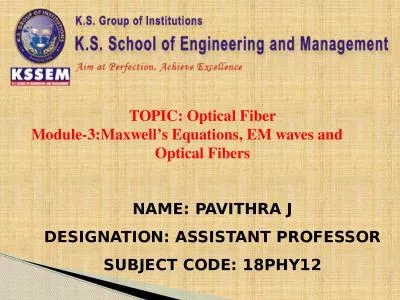PPT-Optical spectroscopic methods
Author : lindy-dunigan | Published Date : 2017-09-03
Daniel Ren čiuk IBP AS CR S1001 2016 CEITEC Contents Brief background Absorption spectroscopy AS Electronic UVVis Vibrational IR Raman scattering Emission spectroscopy
Presentation Embed Code
Download Presentation
Download Presentation The PPT/PDF document "Optical spectroscopic methods" is the property of its rightful owner. Permission is granted to download and print the materials on this website for personal, non-commercial use only, and to display it on your personal computer provided you do not modify the materials and that you retain all copyright notices contained in the materials. By downloading content from our website, you accept the terms of this agreement.
Optical spectroscopic methods: Transcript
Download Rules Of Document
"Optical spectroscopic methods"The content belongs to its owner. You may download and print it for personal use, without modification, and keep all copyright notices. By downloading, you agree to these terms.
Related Documents

